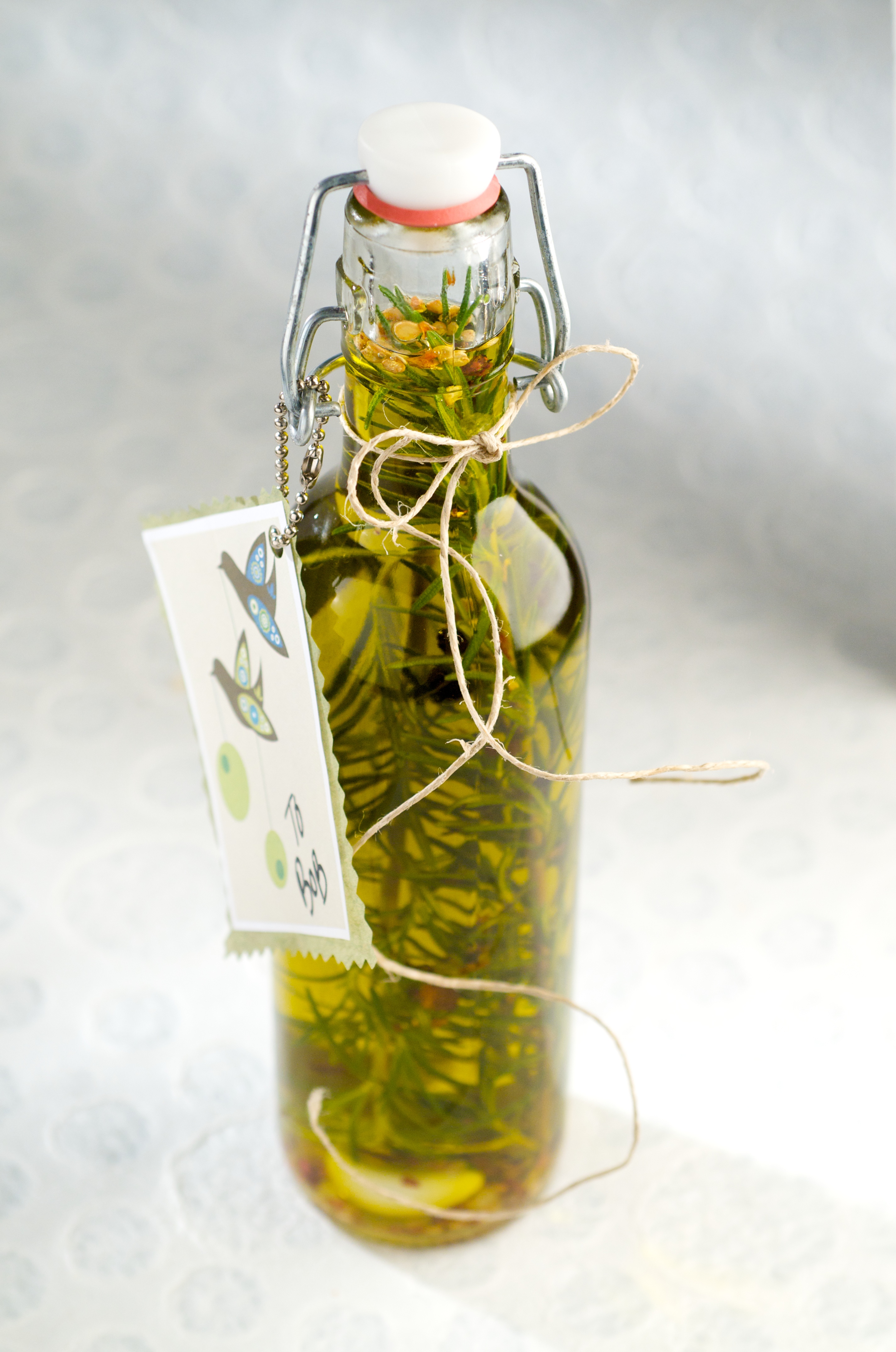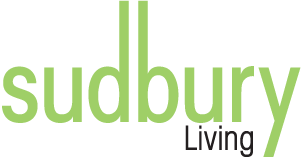The average Canadian woman uses about 12 different cosmetic products every day including shampoo, toothpaste, deodorant and perfume. And while each one may contain “safe” amounts of harmful ingredients, they can create a toxic cocktail that can be absorbed into the body through the skin.
The makeup and skin potions we use to make ourselves look healthy and more attractive might actually be making us sick. Chemical ingredients used by the cosmetic industry can cause irritations, allergies and migranes, disrupt hormones and they have been linked to cancer, infertility and birth defects.
“From a young age, women are bombarded with pictures in magazines about what they need to do to be beautiful but we don’t really think about the effects the ingredients have on us,” said Nathalie Gara-Boivin, an eco-educator who gives seminars on toxic cosmetics.
And it is not just women who are at risk. The cosmetic industry also targets men with advertising for skin care, hair and body products.
Since 75 percent of these products are washed down the drain, they are not good for the environment either, said Gara-Boivin.
Most people don’t read ingredients on the label—they are often in small print—and even when they do, they have no idea what the ingredients are, Gara- Boivin said.
Health Canada has an online Cosmetic Ingredient Hot List that itemizes banned chemicals or allowable concentrations. However, many beauty products don’t list all their ingredients because they are “trade secrets,” or companies make use of regulation loopholes.
“Many chemical ingredients in cosmetics have never been tested for their effects on human health and the environment,” says the David Suzuki Foundation. “Health Canada and Environment Canada are slowly working their way through the assessment of some 4,000 existing substances —including chemicals used in cosmetics — that have been categorized as potentially posing a risk to human health or the environment.”
The foundation has a Dirty Dozen list of ingredients found in many beauty products. These include BHA (butylated hydroxyanisole,) and BHT (butylated hydroxytoluene) used as preservatives in lipsticks and moisturizers. Long-term exposure to high doses of BHT is toxic in mice and rats, causing liver, thyroid and kidney problems and affecting lung function and blood coagulation.
DEA (diethanolamine) and DEA compounds are used to make cosmetics creamy or sudsy. DEA is mainly found in moisturizers and sunscreens, while cocamide and lauramide DEA are found in soaps, cleansers, and shampoos. In laboratory experiments, exposure to high doses of these chemicals has been shown to cause liver cancers and precancerous changes in skin and thyroid.
An estimated 75 to 90 percent of cosmetics contain parabens. “Parabens can mimic estrogen, the primary female sex hormone. They have been detected in human breast cancer tissues, suggesting a possible association between parabens in cosmetics and cancer,” says the foundation.
Gara-Boivin does not expect people to give up beauty products but she does recommend consumers become educated about dangerous ingredients.
She also advises consumers to begin uusing smaller amounts of products such as shampoo and body wash.
There are companies such as Green Beaver that make safe cosmetics, she said.
Consumers can also find plenty of information on the internet. The websites ewg.org/skindeep rates more than 79,000 products for their safe use.
Gara-Boivin recommends people make their own beauty products from natural ingredients such as honey, yogurt avocado, oatmeal, sugar and olive oil. She treats her dandruff by applying baking soda followed by an apple cider rinse.
Consumers can also show their opposition regarding the use of potentially dangerous ingredients in beauty products by not buying them and getting involved in campaigns for safer products.
Environmental Defence has an ongoing Just Beautiful campaign for safer cosmetics in Canada. Its website, justbeautiful.ca, offers consumers information about safe products.
Reacting to pressure from consumer groups such as Campaign for Safe Cosmetics, last September Johnson & Johnson announced it was committed to removing chemicals of concern, including formaldehyde, 1,4-dioxane, triclosan and certain phthalates and parabens in its personal care products such as baby shampoo, acne cream and antiwrinkle lotion.













